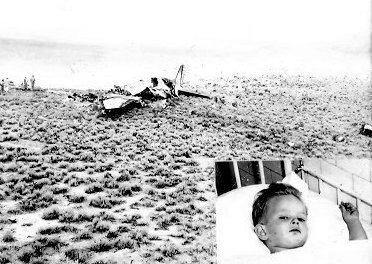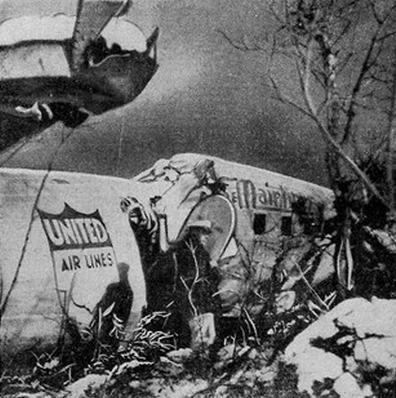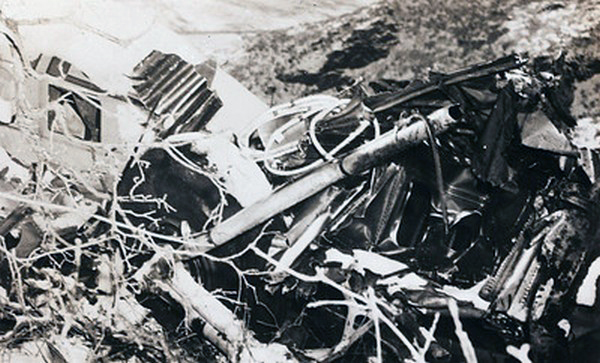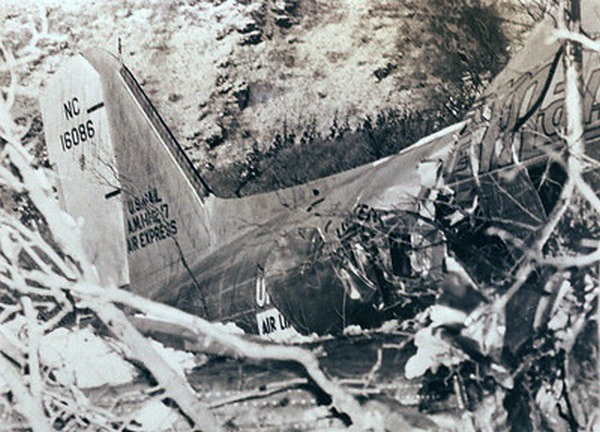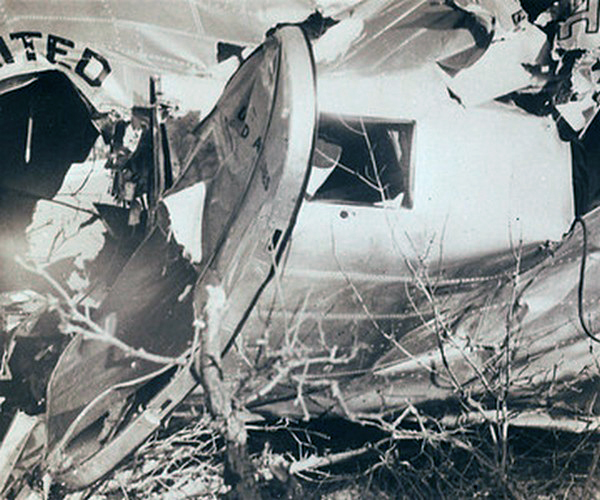Crash of a Beechcraft D18S near Elko: 1 killed
Date & Time:
Jan 24, 1965 at 1225 LT
Registration:
N5970C
Survivors:
No
MSN:
A-845
YOM:
1952
Crew on board:
1
Crew fatalities:
Pax on board:
0
Pax fatalities:
Other fatalities:
Total fatalities:
1
Circumstances:
En route, weather conditions worsened with snow falls, thunderstorm activity and turbulences. In low visibility, the twin engine aircraft struck the slope of a mountain located in the region of Elko. Due to poor weather conditions, SAR operations were hampered and eventually suspended few days later. The wreckage was found on 13 May 1965 in an isolated area. The pilot was killed. The aircraft was owned by David E. Gast.
Probable cause:
Loss of control following a powerplant failure for undetermined rasons. The pilot in command continued under VFR mode in adverse weather conditions (turbulences associated with clouds and thunderstorm, downdrafts and updrafts).
Final Report:



